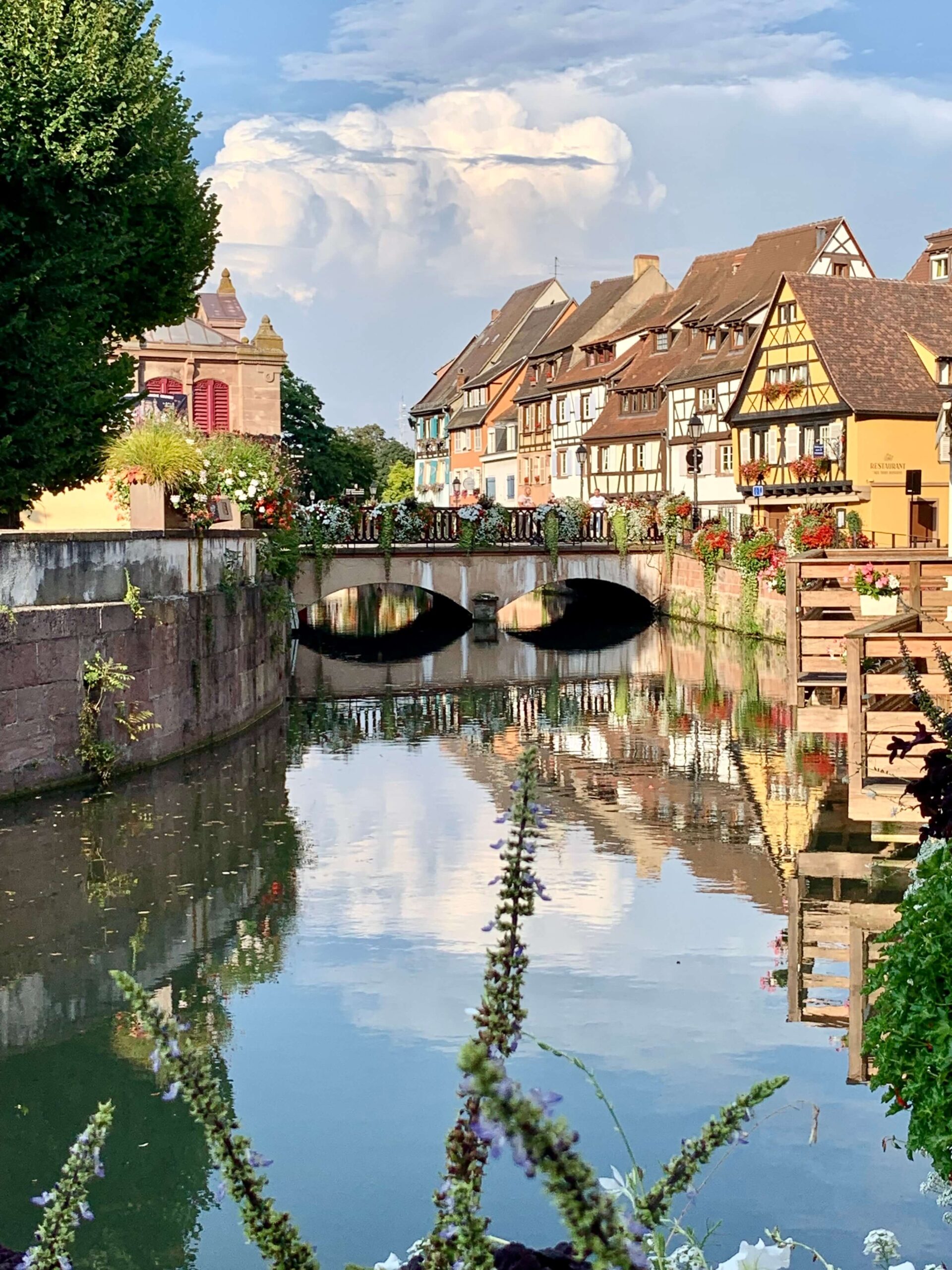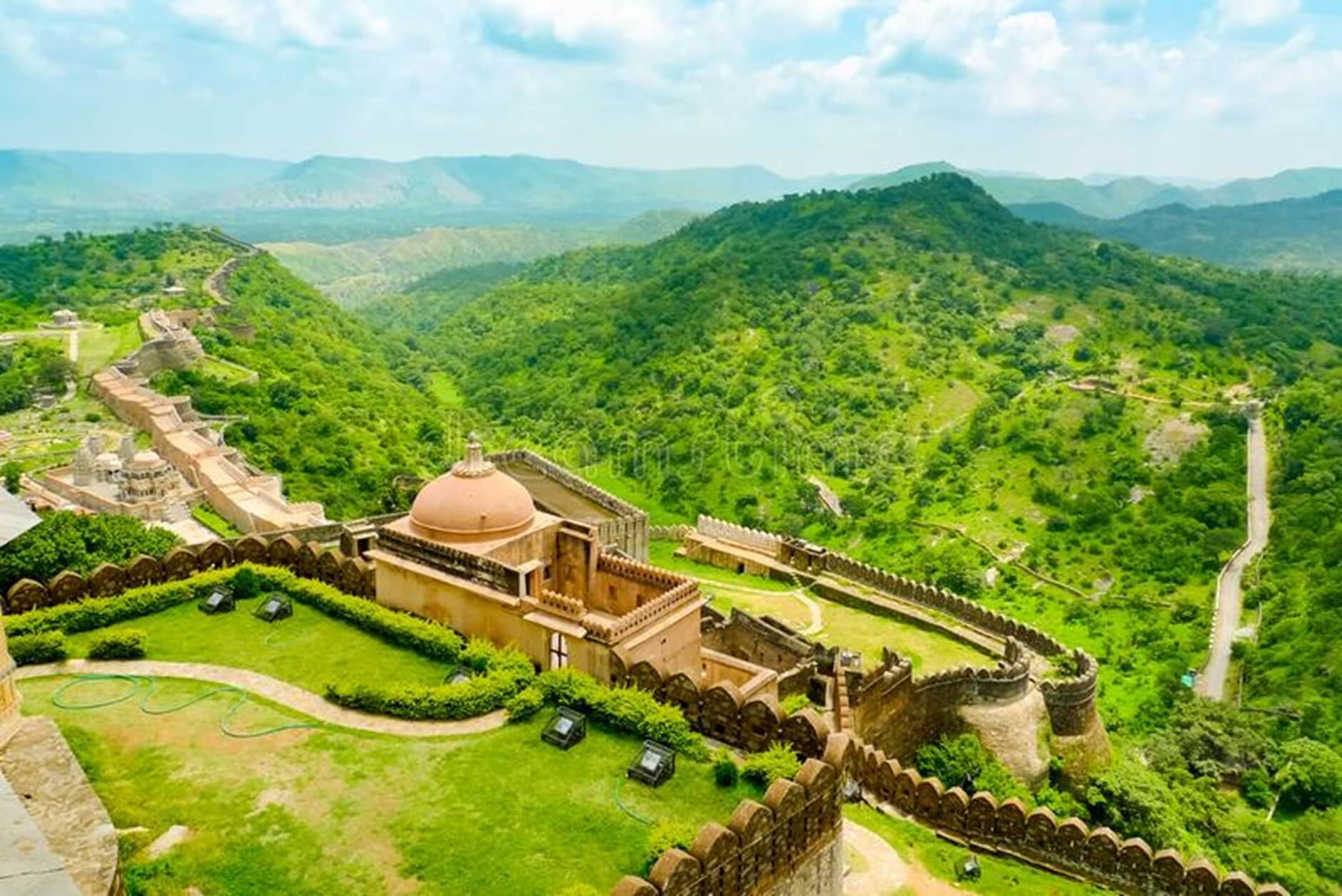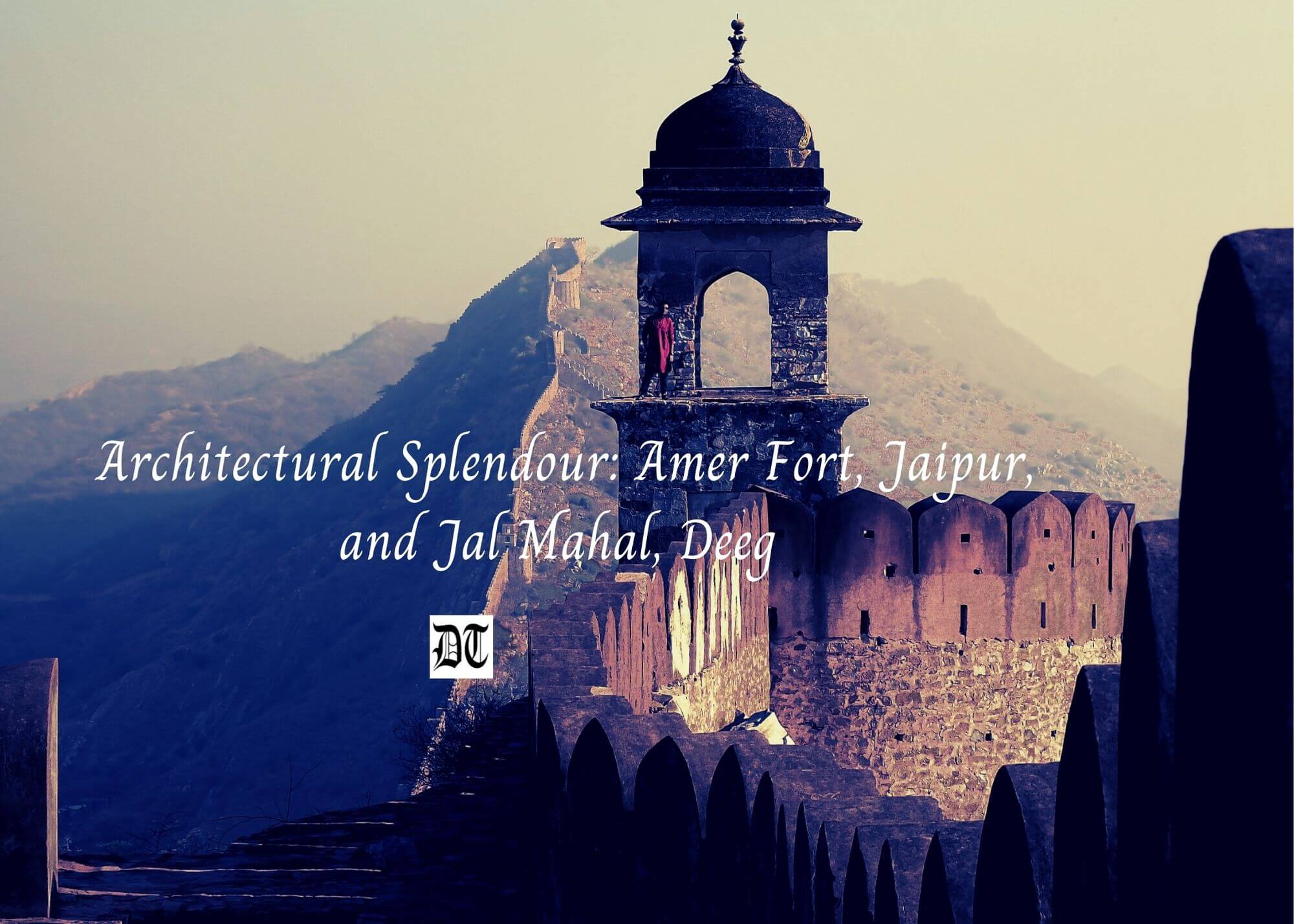Traditional architecture is linked to vernacular architecture – the architectural style which takes into account local needs and locally available building materials. Traditional architecture addresses the problems of a confined climate, definitive of a particular area. That is why different regions of the country house different traditional practices. Traditional architecture is always sustainable. With growing demand of resources and energy, sustainability proves to be a very logical approach, reasons Shristi, in the regular column, exclusively in Different Truths.
We cannot agree more to this statement, India is a culturally rich country. These cultures are our roots, which have been nourishing us in every segment of life since birth. Traditions and beliefs have always been a source of knowledge and responsibility. Ethics, customs, folklore etc. always interest me more than technology and advancements. They feel like ‘ancestors’ who have been far more sober, real and resourceful than us.
Similarly in architecture, the traditional practices in construction and design bear contextual, responsive and intelligent ideas that are fading with time. Traditional architecture is linked to vernacular architecture – the architectural style which takes into account local needs and locally available building materials. Traditional architecture addresses the problems of a confined climate, definitive of a particular area. That is why, different regions of the country house different traditional practices.
Now that these practices are fading, I fear the picture which comes to my mind when I think of a modern society. Traditional houses will turn into museums and there will be no such thing called a ‘nani ghar’. I cannot imagine a nani ghar minus antiquity.
In India, architecture evolves upon the needs of the professional, resident or the inmates. The absence of worldliness and environment kicks the theories of longevity and endurance far away. Traditional architecture is always sustainable. With growing demand of resources and energy, sustainability proves to be a very logical approach. I don’t see a point in transporting a piece of a chair from the one side of the country to the other just because you ‘like’ it in your home. Who considers the nature, the planet? None!
Some structures can never be ‘modernised’. Can anyone build a smart temple or a fashionable church? Obviously, not! Then why is there a paradigm shift in the design of other building sectors? Yes, the world needs transformation. But this transformation could be achieved holistically if one rethinks the idea of modernism with an inbuilt expression of culture and tradition. Traditional practices are highly flexible and adaptable. A strong base of traditional architecture and the accessories of modern genre – perfect, I think.
The potential of traditional practices have been explored but not significantly considered. The development of this hybrid architecture results in a true local – modern output- responsive to the region as well as modern in terms of mechanisation. This process will particularly go easy on the architecture of India because of the diversity and prevailing ancient beliefs.
Keeping the existing traditional intact will seem disapproving to many, but for me, it is a matter of cherishing and preserving the treasure. It is important to realise that vernacular practices should continue to survive and replicate.
©Shristi Nangalia
Photos from the Internet.








